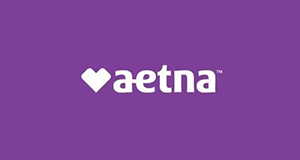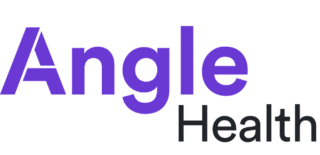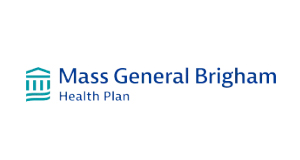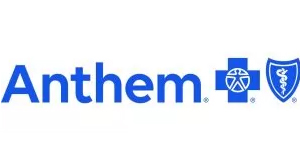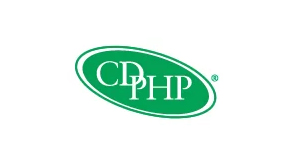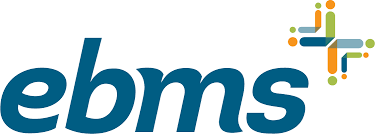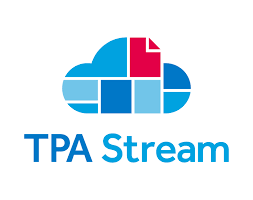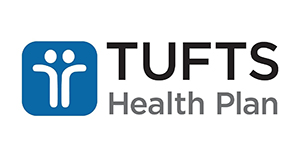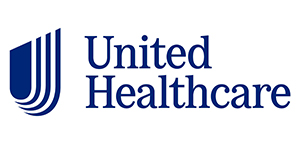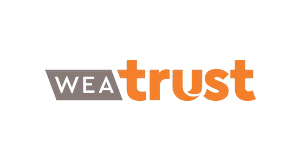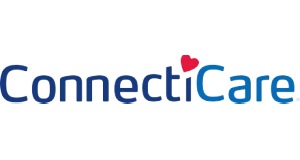The Power of Tax-Advantaged Benefit Accounts
Table of Contents
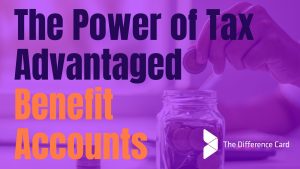
If you’re confused and overwhelmed by tax-advantaged benefit accounts that are offered alongside your health insurance plan, you’re not alone. With July open enrollment season quickly approaching, you may find yourself wondering what tax-advantaged accounts are, how they can help you, and what the differences are among them.
What are tax-advantaged benefit accounts?
Several types of tax-advantaged benefit accounts exist, all of which are designed to provide you more control over your hard-earned dollars and help you save on out-of-pocket healthcare costs.
What are the different kinds of tax-advantaged benefit accounts?
- Flexible spending account (FSA): An employer-owned funding vehicle that allows you to use pre-tax income to pay for eligible out-of-pocket medical expenses not covered by insurance. You enroll in an FSA through your employer and choose an annual dollar amount to contribute, pre-tax, up to a certain limit set by the government. A limited amount of FSA dollars can be rolled over to the next year, if an employer allows it. Any unspent funds beyond the rollover are forfeited to the employer. You must also forfeit funds to your employer if you leave the company.
- Health savings account (HSA): a consumer-owned funding vehicle that allows you to contribute pre-tax income for saving, investing or spending on eligible out-of-pocket medical expenses not covered by insurance. Employers can also contribute to consumer accounts, a practice known as employer seeding. You own the funds in your HSA for life.
- Health reimbursement arrangement (HRA): a tax-advantaged funding vehicle that allows you to use employer-contributed funds for eligible out-of-pocket healthcare expenses not covered by insurance. You enroll in an HRA as a part of a group health plan option through your employer. The employer contributes a predetermined amount for the plan year. Any unused funds may be rolled over into the next year, if allowed by the employer. If you leave the company, however, you must forfeit unused HRA funds back to the employer.
*Several kinds of special HRAs exist – the qualified small employer health reimbursement arrangement (QSEHRA), the individual coverage health reimbursement arrangement (ICHRA), and the excepted benefit health reimbursement arrangement (EBHRA) – with different circumstances and rules for each.
What are the differences among these benefit accounts?
| FSA | HSA | HRA | |
| Who owns the account? | Employer | Consumer | Employer |
| Who elects the funds for the account? | Consumer elects an annual amount and funds the account through pre-tax withholdings from their paycheck. Employer sometimes contributes funds as well. | Consumer elects an annual amount and funds the account through pre-tax withholdings from their paycheck. Employer sometimes contributes funds as well, a process known as employer seeding. | Employer contributes a predetermined amount for the plan year. |
| When do funds become available? | Consumer has immediate access to the annual amount elected. For example, if a consumer elects an annual amount of $2,000, that full amount is available at the start of the plan year. | Consumer can only access funds as they build up in the account. For example, if a consumer elects an annual amount of $2,000 to be withdrawn from their paycheck in $83 increments, they will have access to only $83 after their first paycheck. | Employer decides when funds will become available – immediately at the start of the plan year, incrementally throughout the year or after the accompanying plan deductible has been met. |
| What are the annual contribution limits? | Annual FSA contribution limit for 2022: $2,850. Consumer determines election amount during open enrollment and can only change that amount in the case of a qualifying life event, such as marriage or the birth of a child. | Annual HSA contribution limits for 2022: $3,650 (individual coverage) and $7,300 (family coverage). Consumer can adjust election amount at any time. | Contribution limits vary among types of HRAs. The annual limit for QSEHRAs is $5,000 (individual coverage) and $10,000 (family coverage). ICHRAs have no limit. The EBHRA annual limit is $1,800. |
| What can funds be used for? | Any eligible out-of-pocket medical expenses not covered by insurance. | Any eligible out-of-pocket medical expenses not covered by insurance. | Employers decide, but typically, any eligible out-of-pocket medical expenses not covered by insurance |
| What happens to unused funds at the end of the year? | Employer receives any unused funds at the end of the year that cannot be rolled over, at the end of a specified grace period, or when a consumer leaves the company | Consumer owns his or her HSA funds for life. These funds can build up over time for long-term healthcare savings and for use in retirement. Consumer can withdraw funds at any time without penalty, as long as they are used on eligible items. | Consumer can roll over unused funds into the next year, if allowed by the employer. If consumer leaves the company, funds must be forfeited back to the employer. |
How do tax-advantaged benefit accounts help you?
- Save money. One of the biggest advantages of enrolling in a tax-advantaged benefit account is that it saves you money. These accounts let you set aside money, pre-tax, to pay for common healthcare expenses. By using pre-tax funds, you reduce your taxable income, which means you get to keep more of your hard-earned dollars. In fact, you can save up to 30% on out-of-pocket medical costs in a year by using one or more tax-advantaged benefit accounts.
- Stay healthy. These benefit accounts let you set aside funds for preventative, routine and unexpected care for you and your family – making it easy to take care of health and wellness needs.
- Achieve financial goals. Growing healthcare costs is a major concern for most Americans. These benefit accounts help you manage and prepare out-of-pocket healthcare expenses both now and in the future, including during retirement (specifically, with an HSA).
Why should I enroll in a tax-advantaged benefit account?
If you’re going to spend even $1 out of pocket on healthcare expenses next year, you should enroll in a tax-advantaged benefit account. Depending on your expenses and tax bracket, by opening and funding an account you can save hundreds or, in many cases, thousands of dollars.
The bottom line
Tax-advantaged benefit accounts offer big savings. You are most likely already budgeting, saving and investing as part of your personal financial plan. These accounts can play a vital role in helping you achieve your financial goals and have a healthier future.
Read about the increased 2023 limits for HSAs
This article originally appeared on Alegeus.com: The power of tax-advantaged benefit accounts


